
Comparing ERP systems? Get our free checklist
Our checklist helps you evaluate features, pricing, and scalability, so you can choose the best ERP system with confidence
The power of standardization: Lower costs, faster results
Monitor ERP’s standardized system not only reduces implementation time, it cuts costs by providing best practices from day one. Built on insights from thousands of production, process, and executive managers, it helps you to optimize operations, improve return on investment, and stay ahead of the competition.
If you’re looking for faster, more cost-effective implementation, Monitor ERP is the right choice.
Speaking your language
Monitor ERP’s implementation and support teams bridge the gap between your business and our solutions, offering guidance in multiple languages and tailored to your industry. With an excellent understanding of your processes and challenges, we ensure smoother integration and long-term results based on your needs.
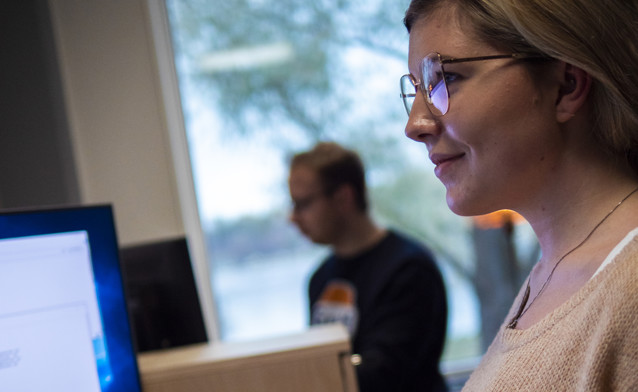
Designed for manufacturing companies
Monitor ERP’s standardized system helps businesses to minimize costs and operate efficiently. With input from thousands of process, production, and executive level managers, the program is shaped by industry expertise.
Faster implementation
Our system's pre-configured solutions reduce implementation time, enabling faster adoption and return on investment compared to custom-built systems.

A sustainable system for the long term
Our ERP system evolves alongside your business, ensuring longevity and maintenance without costly overhauls.

Reliable support
As a customer at Monitor, your experience extends beyond technical support. Our system simplifies daily operations, offering helpful insights and support tailored to your manufacturing needs.

Meet our experts
Over 100 in-house ERP consultants ensure seamless project implementation. The majority of our experts have substantial expertise in production management, ensuring optimized and efficient solutions.

Support and development on your doorstep
Our teams provide quick assistance and continuous development, promoting collaboration and strengthening our bond.

Global reach, local expertise
With representation in 13 countries across the globe, Monitor ERP combines global scalability with tailored local solutions.

Monitor’s solutions tailored to your industry
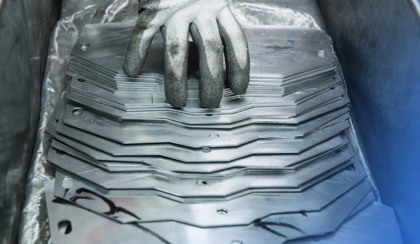
Metal industry
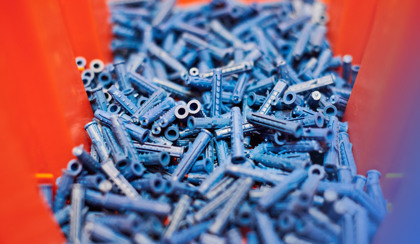
Plastics industry
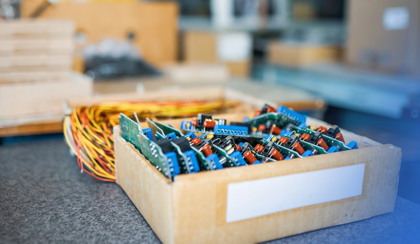
Electronics industry

Wood industry
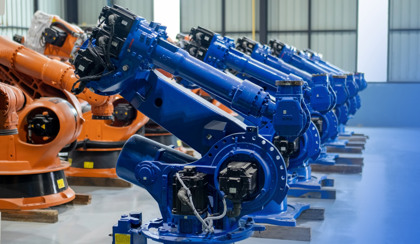
Machine industry
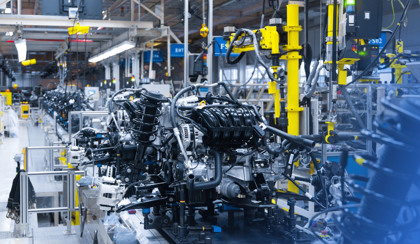
Automotive industry
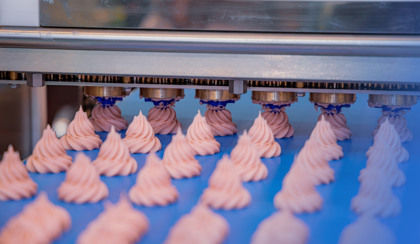
Food industry
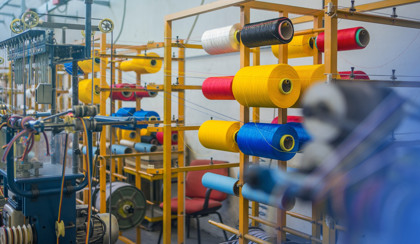
Textile industry
ERP system – FAQ
Frequently asked questions about ERP.
What is an ERP system?
An ERP system is software that integrates core business functions like manufacturing, sales, and accounting into one central platform.
How long does it take to implement an ERP system?
An ERP system typically takes a few months to a year to fully implement, depending on the company’s size and complexity.
By providing a standardized system, however, we are able to keep implementation time to a minimum.
Find out more about our customers, and how they use Monitor ERP
How much does an ERP system cost for small manufacturers?
Costs vary, but a standardized ERP system can start at a monthly rate, with pricing that scales as you grow.
Monitor ERP is able to keep prices down for smaller companies because the system is standardized.
Is Monitor ERP scalable as my business grows?
Yes. Monitor ERP is designed to grow with your company, enabling you to add new users and functionalities as needed without the need for major overhauls.
Can an ERP system help reduce manual errors?
Absolutely. By automating data entry and centralizing information, an ERP system reduces the risk of manual errors while also improving data accuracy.
Which industries can benefit from ERP?
An Enterprise Resource Planning (ERP) system can provide value to a wide range of industries, from manufacturing and distribution to retail and professional services. Any industry that needs to streamline processes and centralize data can benefit from an ERP solution.
To learn more about how Monitor ERP can benefit your industry, click here.

